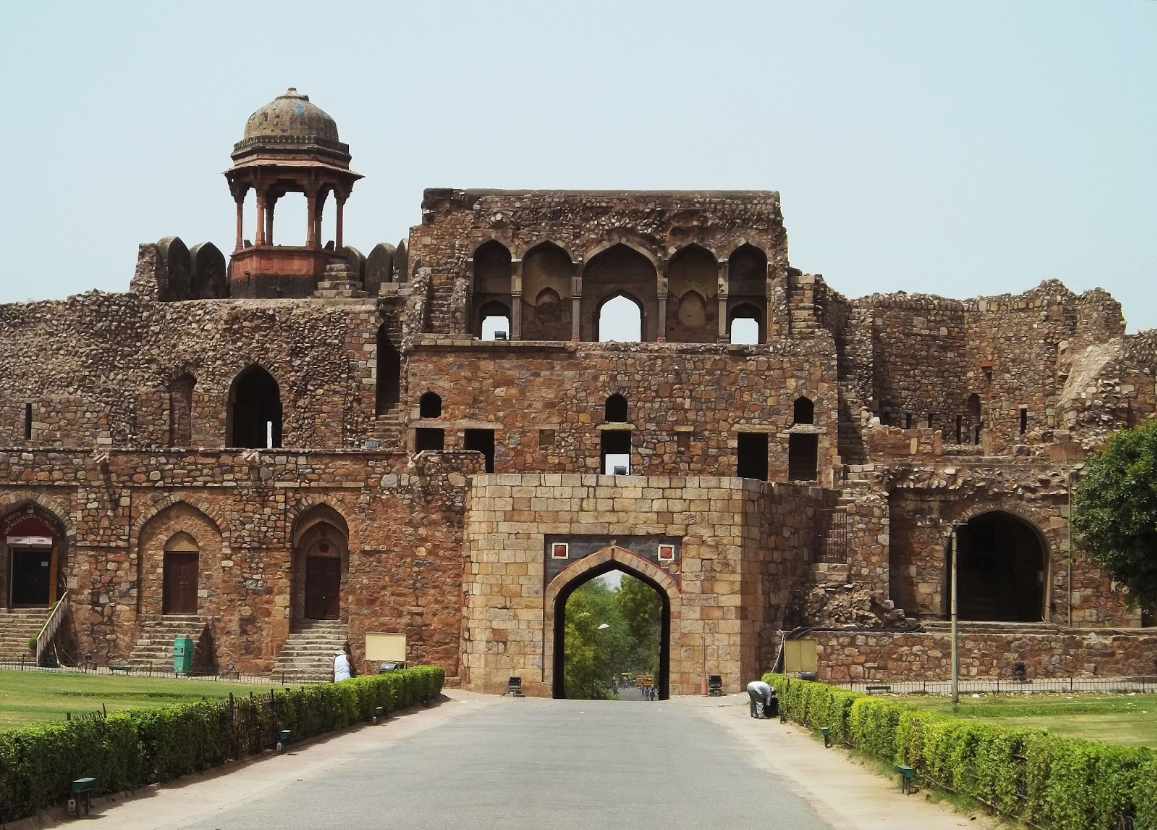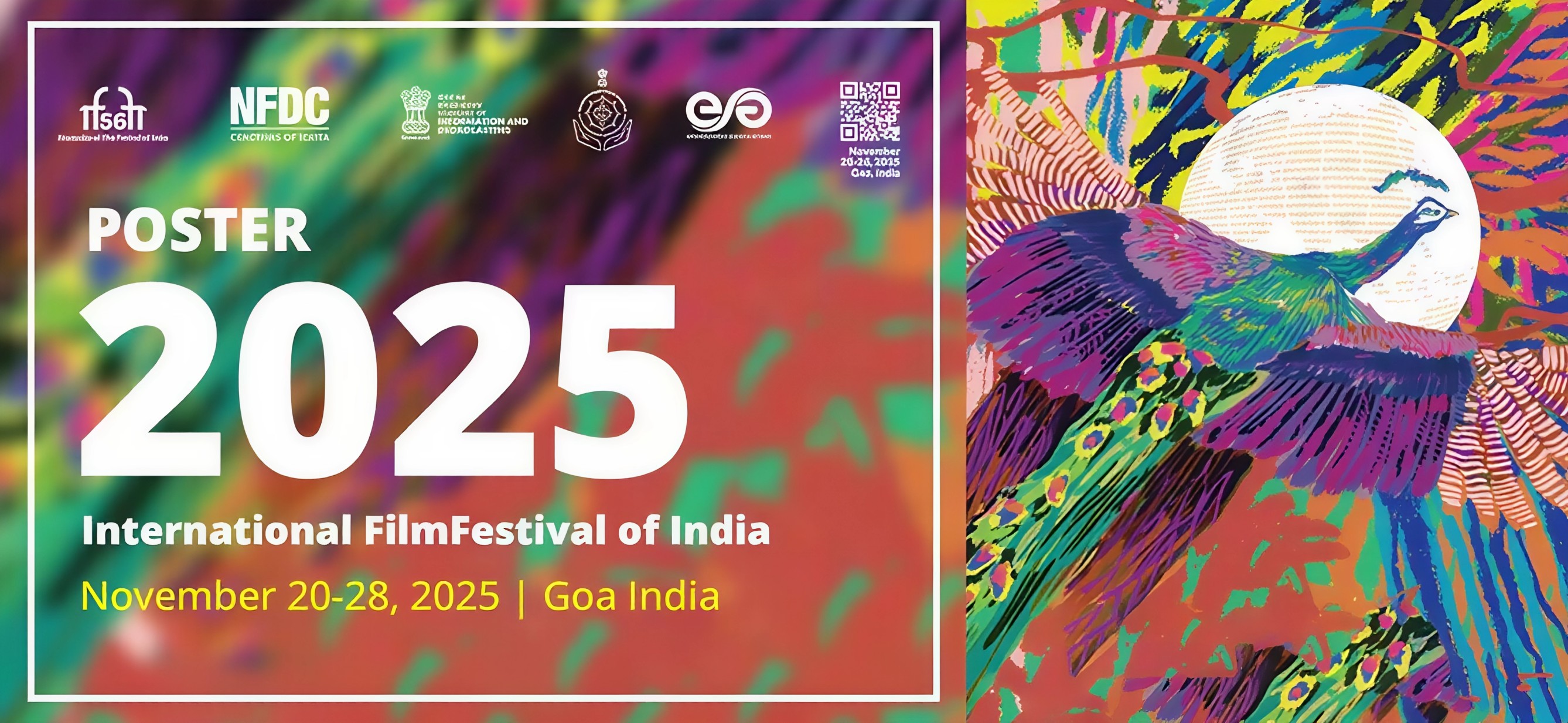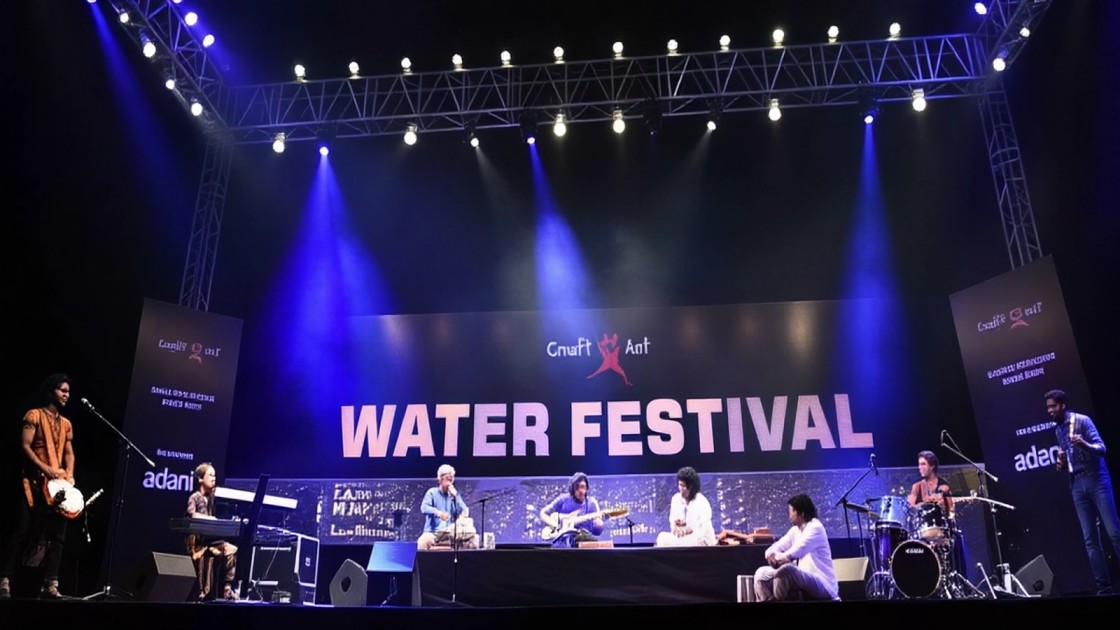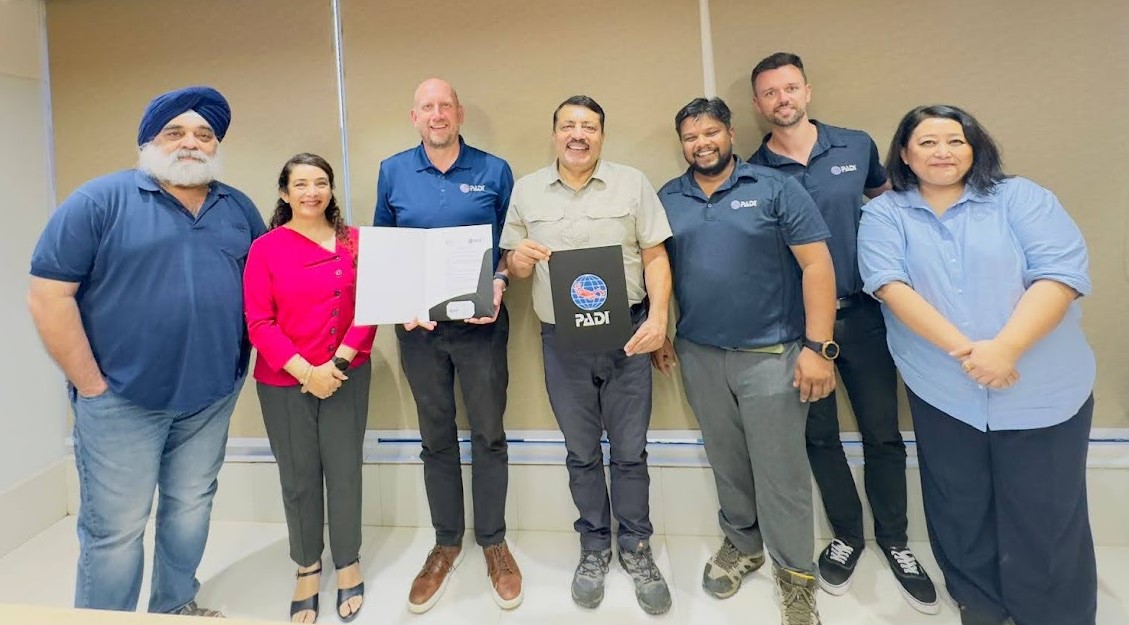After almost ten years of silence, the historic moat around Delhi's Purana Qila is once again alive with rippling waters and the sound of paddle boats. This long awaited revival of boating, which officially began trial runs in June 2025, marks an important step in reconnecting the public with one of the capital’s most iconic monuments. Led by the Sabhyata Foundation in partnership with the Archaeological Survey of India, the project blends history, leisure, and tourism in a way that reflects both nostalgia and progress.
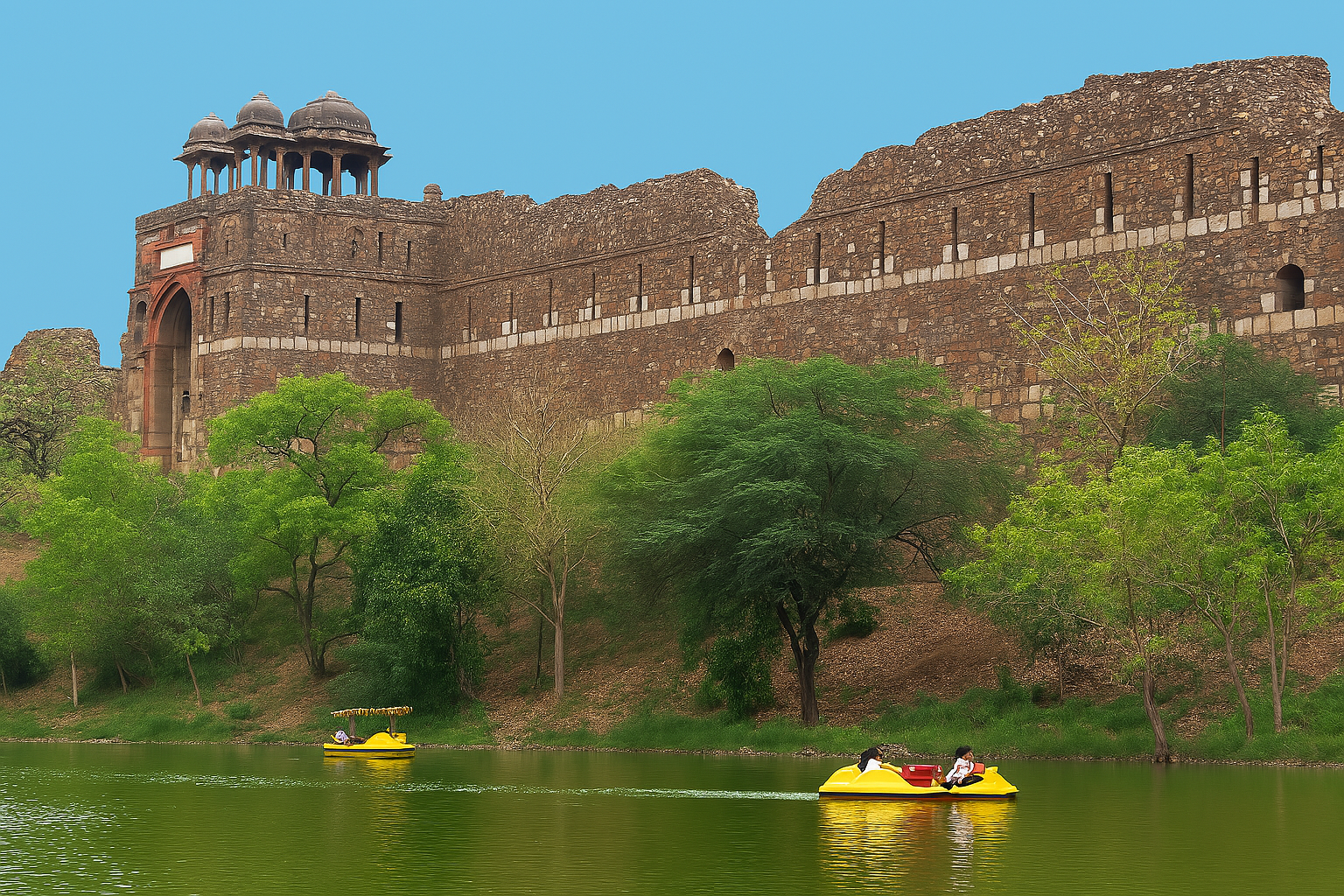
Boating at Purana Qila first began in 1991 and quickly became a much loved activity for families and tourists alike. It allowed visitors to view the fort’s majestic walls from a peaceful distance while floating along calm waters. But the joy was cut short in 2016 when boating was suspended due to the expiry of a formal agreement between Delhi Tourism and the Archaeological Survey of India. Since then, the moat dried up from neglect, and despite minor restoration efforts in 2018, full operations never resumed until now.
This time, the return has been carefully planned. Four paddle boats have been reintroduced, with both two and four seater options. The rides begin near Talaqi Darwaza and are available daily from 9 in the morning to 6 in the evening. Tickets range between one hundred twenty five and one hundred fifty rupees per person. Life jackets are provided to all visitors, and safety has been a priority from the start. Lifeguards, trained boating staff, and insurance coverage ensure that the experience remains enjoyable and secure for everyone involved.
As part of the revival, the Sabhyata Foundation has upgraded the infrastructure around the boating area. Visitors can now expect cleaner restrooms, shaded waiting spaces, and better seating. There are also plans for a small café overlooking the water, creating a scenic rest stop for those spending time at the monument. For added safety, members of the National Disaster Response Force are present during busy hours.
The early response from the public has been overwhelmingly positive. On the first day of trial runs, over seventy people took part, praising the scenic atmosphere and calm water ride. Officials have said that the trial period will be used to gather visitor feedback before the full reopening, which is expected to happen by the beginning of September.
The return of boating is more than just a leisure update. It offers a unique way to engage with Delhi’s Mughal heritage. Purana Qila, built during the reign of Sher Shah Suri and later modified by Emperor Humayun, has always stood as a powerful symbol of Delhi’s past. The surrounding moat, once a defensive structure, now becomes a peaceful zone of recreation in the heart of a busy city.
The fort also holds the distinction of being the only central monument in Delhi currently offering water based recreation. After the boating activities at India Gate’s Children’s Park were shut down in 2010, Purana Qila is now the only remaining public space in central Delhi that combines water, heritage, and leisure.
Though the journey to reopening has seen delays, including issues with boat design and incomplete infrastructure, final preparations are on track. The boats in use today meet all safety requirements, and the remaining upgrades like better parking and entry points are expected to be completed by mid July.
Future additions include cultural performances by the lake, floating stalls during the winter season, and soft evening lighting that will add to the atmosphere. Organisers are also focused on maintaining environmental cleanliness and making the experience inclusive for all visitors.
As Delhi continues to look for ways to blend its deep rooted history with modern city life, the return of boating at Purana Qila stands as a positive example of heritage meeting urban renewal. For locals and tourists alike, it offers a tranquil yet enriching way to experience one of the capital’s oldest stories.
To stay updated on unique travel experiences, heritage sites, and cultural revivals, follow Travel Moves on Instagram and Facebook.

